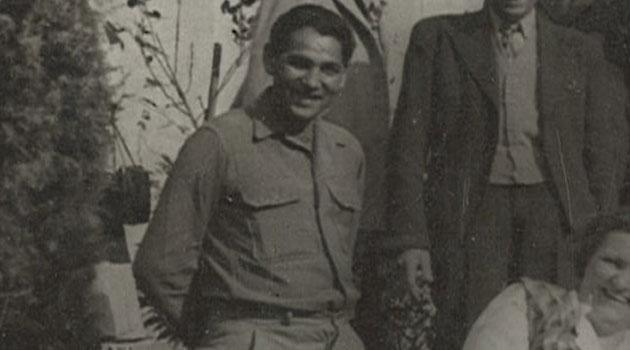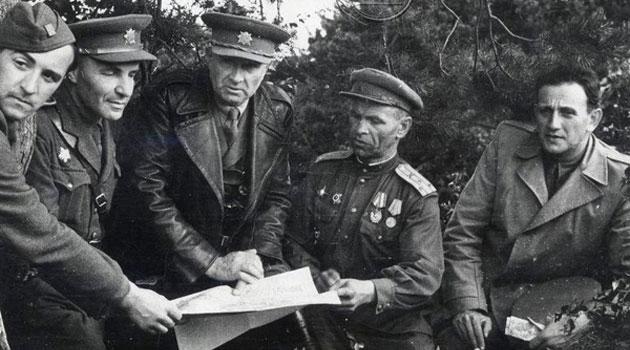Researcher finds first photograph of Romani community member as a Czechoslovak soldier, seeks those who remember Imrich Horváth

Recently news server Romea.cz published a call for those who have eyewitness testimony about the fate of a forgotten participant in the Second World War. Czechoslovak soldier Imrich Horváth was awarded several military honors, but military historians have otherwise kept silent about him to date.
The first findings of those searching for details about Horváth’s life are being published here. What is known is that he joined the Czechoslovak troops at the end of 1943 in the western part of Orenburg Oblast in Russia.
It remains unclear whether Horváth got there as a former soldier in the Army of the Slovak State, which fought alongside the German Wehrmacht on the eastern front, or whether he got there with a group of Partisans. According to two different sources, Horváth was captured by German soldiers during the Battle of the Dukla Pass after a ferocious tank battle and deported with another Czechoslovak soldier to a concentration camp in Germany.
Call for any eyewitnesses
Imrich/Imre Horváth,
- * 1 February 1912, Seňa, Slovakia
- † 28 April 1977, Plzeň, Czechoslovakia
We call upon anybody who might contribute to clarifying the life story of Imrich Horváth to contact Markus Pape.
Contact information: markus.pape@ecn.cz, telephone: +420 724 288 076.
When American troops were in the vicinity of the concentration camp where Horváth was imprisoned, a group of prisoners rose up and saved the remaining ones from being executed by the concentration camp staff. Horváth reported to the Americans that he was a soldier and became a foreign member of the US Army.
What happened to him next is still unclear. In any event, the Third Army under the command of US General George S. Patton deployed its Czechoslovak members as guard units in the territory occuped during the liberation of the western part of Czechoslovakia.
One eyewitness claims to have recognized Horváth in footage used by a 1999 historical documentary film called “Dukla – Blood and Myth” (Dukla – krev a mýtus) in which two Romani soldiers can be seen in a marching regiment under the command of Czechoslovak General Ludvík Svoboda participating in the Battle of the Dukla Pass in 1944. For the time being, however, this identification must be taken with reserve unless other eyewitnesses can be found to confirm his identity.
Currently a team is working to clarify the story of Imrich Horváth that includes researchers at Prague’s Military History Institute, archivists with the Security Forces Archive, and editors at Czech Radio who are designing a program about his life. We have asked the State Regional Archive in Plzeň, Czech Republic as well as the Archidiocesal Archive in Košice, Slovakia, for his birth certificate and other documents.
The War Veterans Department at the Czech Defense Ministry in Prague has told us that Mr Horváth’s grave cannot legally be considered a war grave because it is “highly unlikely” that he passed away “as a consequence of active participation in a military operation or as a result of wartime imprisonment”. The ministry, therefore, cannot provide financial support to maintain the grave.
VIDEO
Currently a team is working to clarify the story of Imrich Horváth that includes Prague’s Military History Institute, archivists with the Security Forces Archive, and editors at Czech Radio who are designing a program about his life. We have asked the State Regional Archive in Plzeň, Czech Republic as well as the Archidiocesal Archive in Košice, Slovakia, for his birth certificate and other documents. The War Veterans Department at the Czech Defense Ministry in Prague has told us that Mr Horváth’s grave cannot legally be considered a war grave because it is “highly unlikely” that he passed away “as a consequence of active participation in a military operation or as a result of wartime imprisonment”. The ministry, therefore, cannot provide financial support to maintain the grave.
